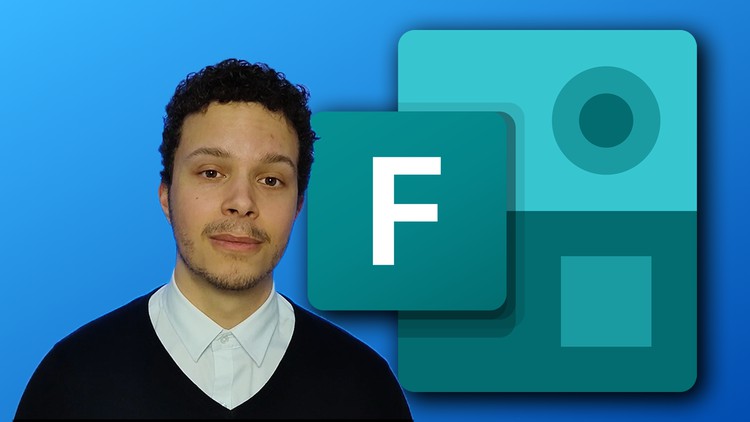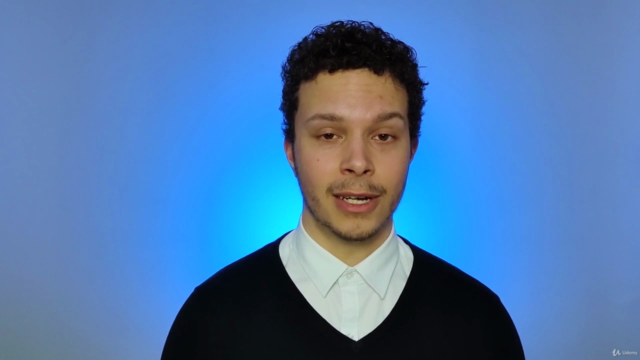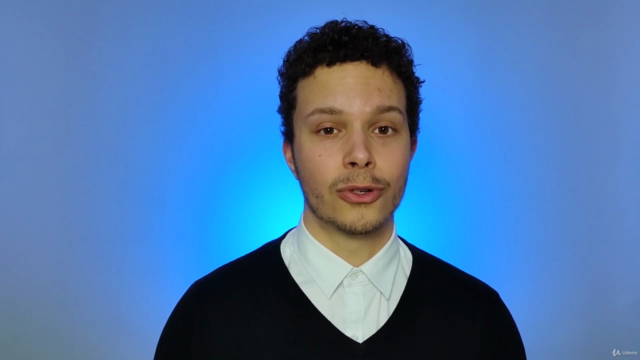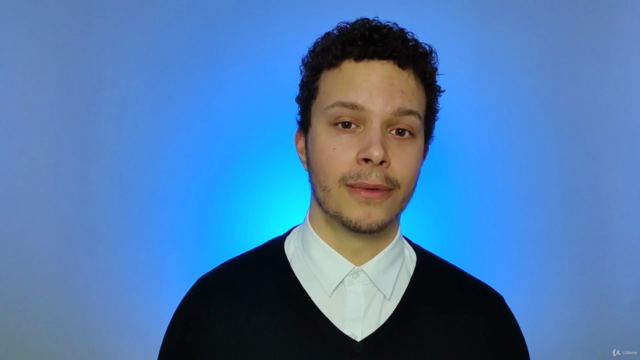Learn Microsoft Forms Online Form Creation | Quiz | Survey

Why take this course?
¡Hola! It looks like you've provided a comprehensive outline for a course on using Microsoft Forms, including practical examples such as creating a customer satisfaction survey, an online quiz, and an event registration form. This is a valuable skill set for anyone looking to gather data, assess knowledge, or manage sign-ups for various purposes.
Here's how you can approach each of these examples using Microsoft Forms:
Creating a Customer Satisfaction Survey
-
Design the Survey:
- Start by defining your objectives. What do you want to learn from your customers?
- Use different question types (Likert scale, rating, multiple-choice) to gather both quantitative and qualitative data.
- Make sure to use clear and concise language.
-
Distribute the Survey:
- Share the form via email, social media, or embed it on your website.
- Set a deadline for responses if necessary.
-
Analyze the Results:
- Use the responses tab to view and analyze data.
- Look for trends, average ratings, and common feedback.
Creating an Online Quiz
-
Design the Quiz:
- Choose a mix of question types (multiple-choice, open-ended) to assess different levels of understanding.
- If using gradable questions, ensure that all answers are clearly correct or incorrect for easy auto-grading.
-
Distribute the Quiz:
- Send the quiz to your students through email or a learning management system (LMS).
- Set a deadline for quiz completion.
-
Assess and Grade:
- Use Microsoft Forms to automatically grade multiple-choice and fill-in-the-blank questions.
- Manually review open-ended responses if necessary.
Creating an Event Registration Form
-
Design the Form:
- Include fields for participant names, contact information, dietary restrictions, and any other relevant details.
- Use sections or conditional logic to create a flow that's easy to follow for different types of events (e.g., workshop vs. social event).
-
Distribute the Form:
- Share the form with your target audience through email, social media, or event listing platforms.
- Monitor sign-ups in real-time.
-
Manage the Event:
- Use responses to create attendee lists and plan accordingly (e.g., catering, room setup).
- Follow up with attendees as needed leading up to the event.
Additional Resources:
- Workflow Chart: This will guide you through the step-by-step process of creating a form in Microsoft Forms from start to finish.
- Quality Checklist: Use this to ensure your survey is well-designed, clear, and unbiased.
- Measurement Item-Selection Flowchart: Helps you choose the right type of question based on what you want to measure.
Tips for Effective Forms:
- Clarity and Brevity: Keep your questions clear and concise to avoid confusion.
- Relevance: Only ask questions that are relevant to your objectives.
- Privacy Considerations: Make sure to inform respondents how their data will be used and ensure compliance with privacy laws (like GDPR).
- Accessibility: Ensure your form is accessible to all potential respondents, including those with disabilities.
By following these steps and utilizing the resources provided, you'll be able to create effective forms that meet your needs whether for customer feedback, educational assessments, or event management. Good luck, and I hope this course proves to be as helpful as it sounds!
Course Gallery




Loading charts...